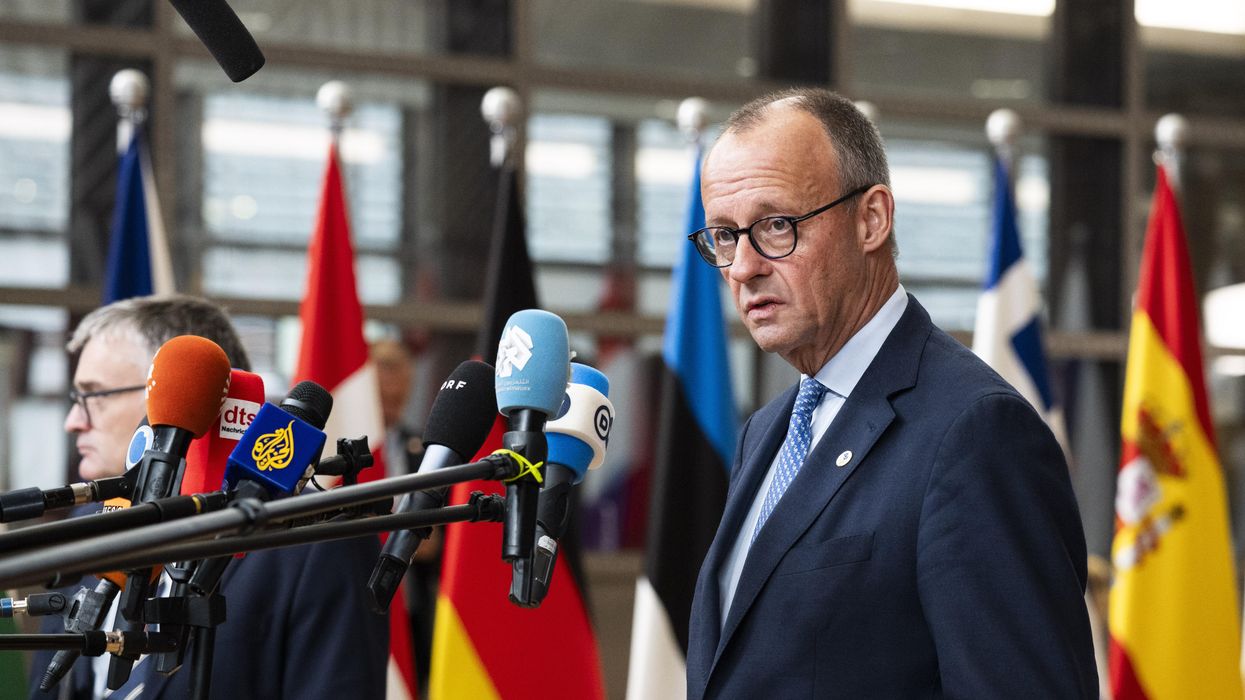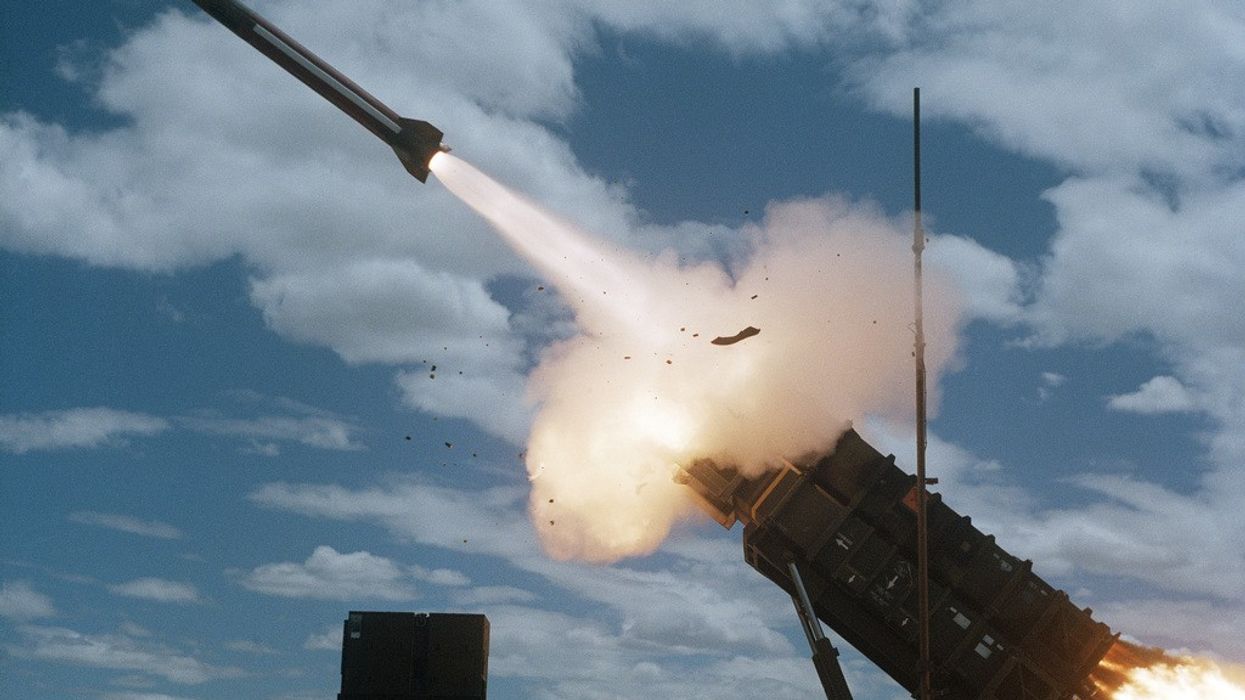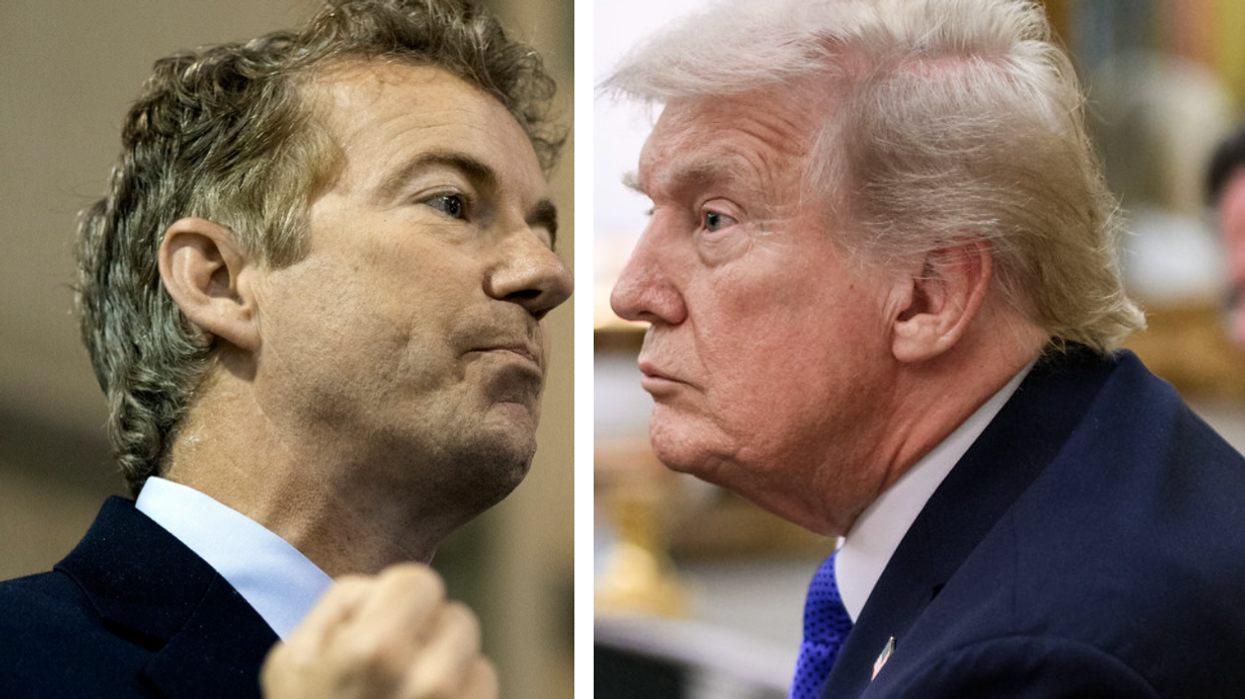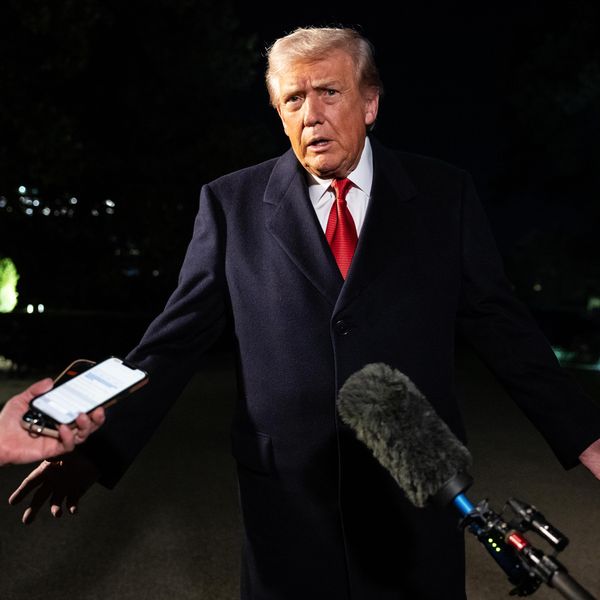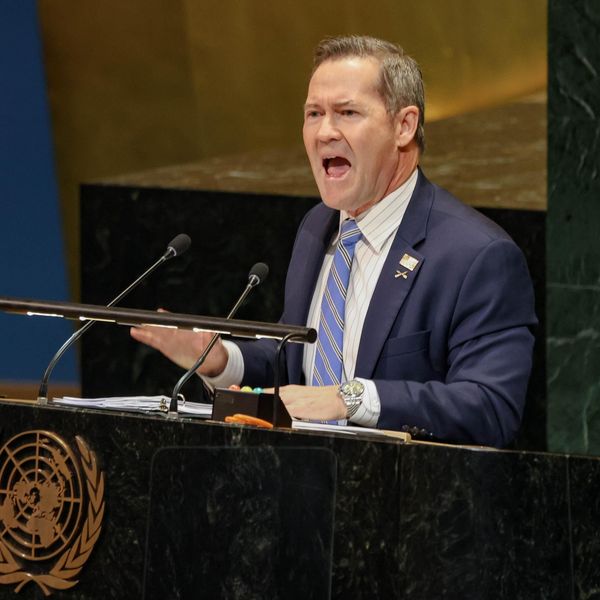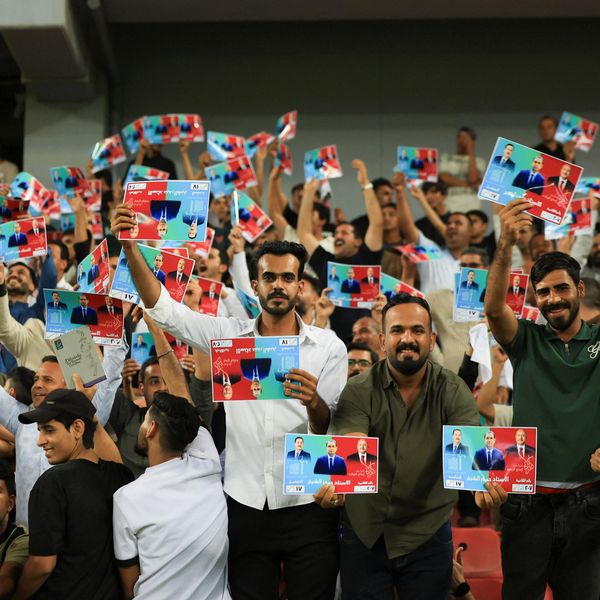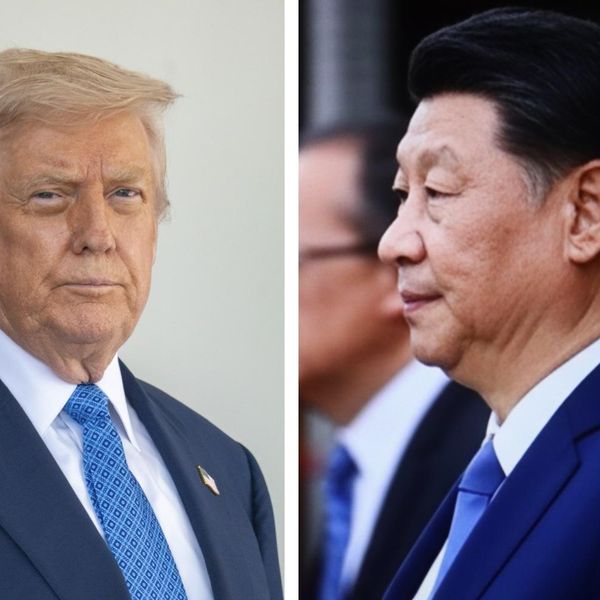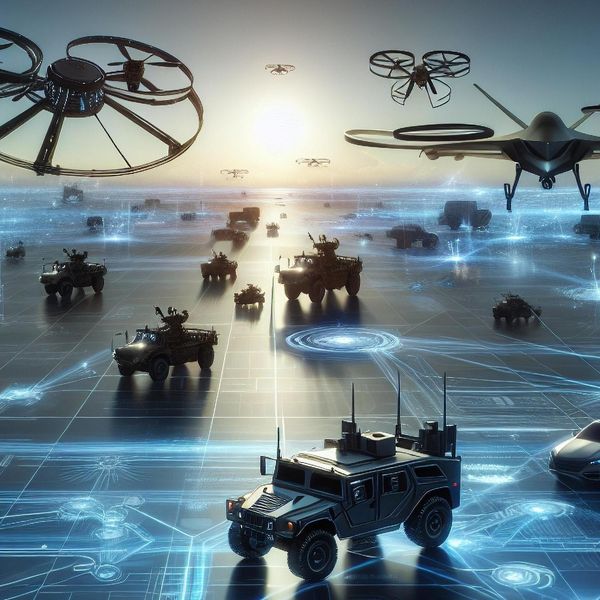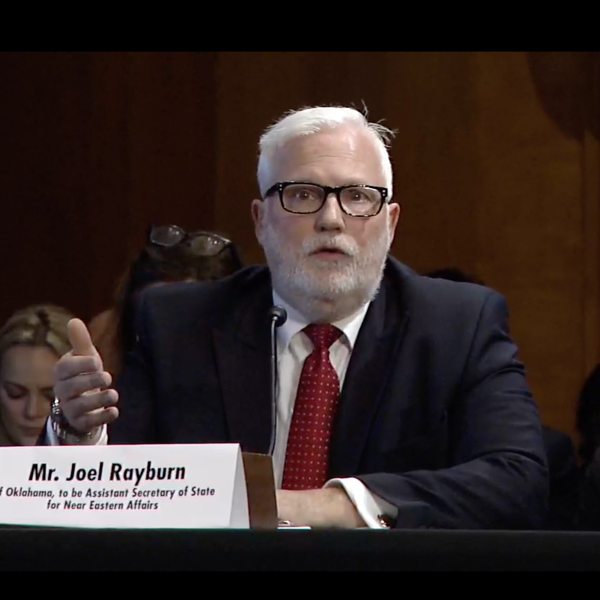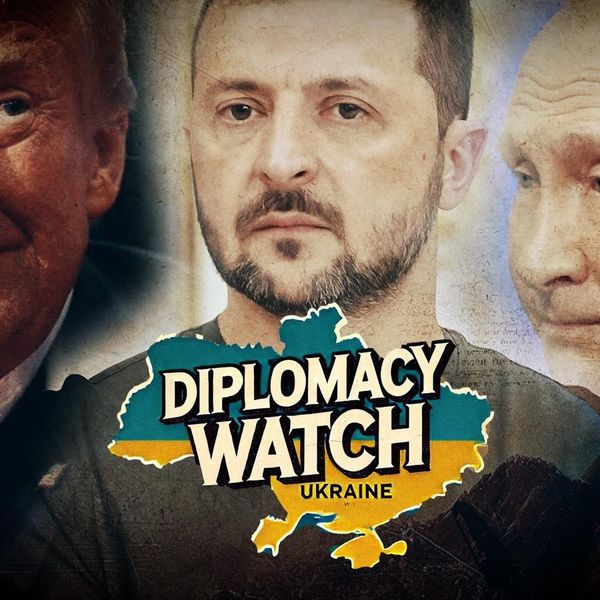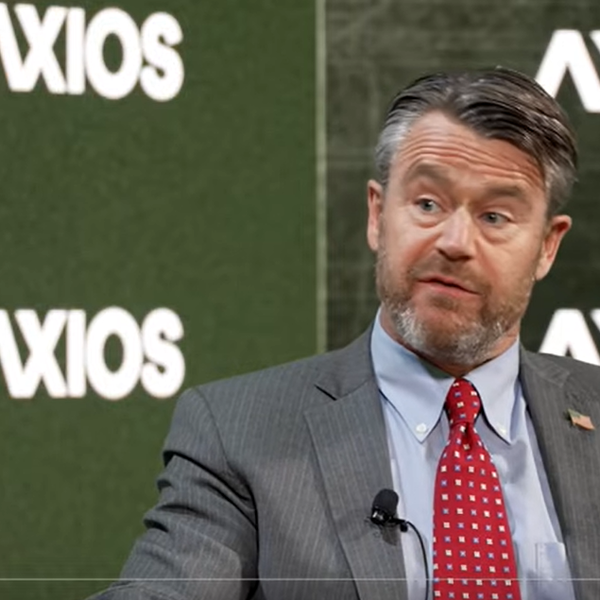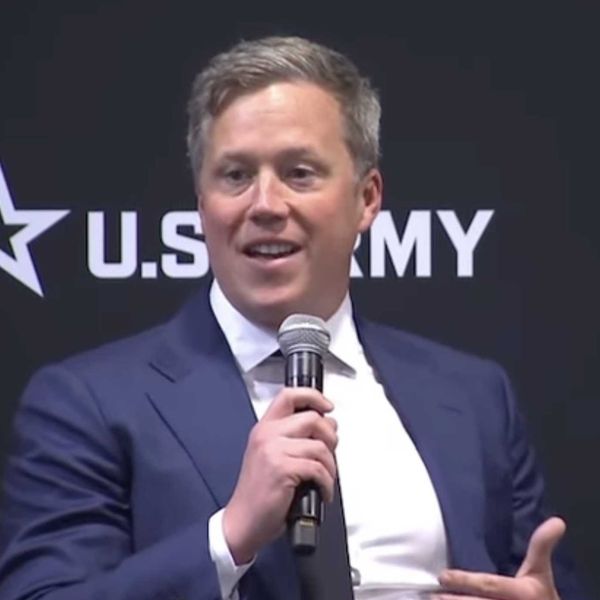Russia unleashed dozens of missile strikes across Ukraine today in retaliation for the bombing on Saturday of part of the 12-mile bridge connecting Crimea to Russia.
In an address Sunday, President Vladimir Putin accused Ukraine of committing an act of terrorism. The Russian rockets hit infrastructure targets in a number of Ukrainian cities this morning, including Kyiv, Kharkiv, Zaporizhzhia, and Dnipro. As of this writing, 11 people have been killed and 64 injured in the blasts.
George Beebe, director of Grand Strategy at the Quincy Institute, called the barrage of rockets “a major escalation in the war,” that was bound to “bring the world closer to a direct military collision between Russia and the United States.”
He said that Ukraine’s successful counter-offensives in the Donbas, “coupled with the attack on the Kerch Strait bridge in Crimea, have now prompted Putin to shift course,” which, on top of the major mobilization of reserves, includes this major retaliation deep into Ukraine, which threatens the country’s power grid and civilian population.
“As a result, political pressure in Washington is likely to grow to provide Ukraine with the ability to respond,” he said.
President Volodymyr Zelenskyy has been tweeting all morning about calls with world leaders to secure emergency assistance in the wake of the attacks. He said Russia is “trying to destroy us and wipe us off the face of the earth.”
“We've coordinated steps with President of Poland @AndrzejDuda,” he tweeted. “We will work on consolidating international support, strengthening Ukraine's defense capabilities, restoring the destroyed, as well as increasing Russia's isolation.”
In a tweet this morning, EU Commission president Ursula von der leyen said she was “shocked and appalled by the vicious attacks on Ukrainian cities,” adding that “we will stand with Ukraine for as long as it takes, with all the means we have.”
The State Department sent out a tweet around 9 a.m. this morning: “Our hearts are with the people of Ukraine on this awful day,” adding “Slava Ukrainie,” or “Glory to Ukraine,” the slogan of the Ukrainian resistance.
Beebe said today’s attacks only increased the urgency of pairing assistance to Ukraine with a diplomatic track.
“President Biden is correct that the threat of a nuclear confrontation with Russia is real, and that the United States and Russia face their most dangerous moment since the Cuban missile crisis 60 years ago,” Beebe said this morning. “It is time for the United States to supplement its military support for Ukraine with a diplomatic track to manage this crisis before it spirals out of control.”
Unfortunately this message might be blunted by voices in the Beltway that are calling for a more militarized response to Russian aggression. (Ret.) Gen. Jack Keane, who chairs the board of the Institute for the Study of War (which has long been providing media with battlefield maps and analysis on Ukraine), said this morning in a radio interview (WMAL Washington) that this is no time for talking
“We should be committed to sustaining their [Ukraine's] military advantage here as much as possible," he told the radio hosts. "They need, not surprisingly, more artillery, more rounds, more air defense, more tanks and fighting vehicles," he said, noting that Ukraine also wants longer range weapons (ATACMS). "They have a real opportunity here to regain the territory they lost. I don't think we should inhibit any chance for Ukrainians to retake their territory."
UPDATE: 12:00 p.m. EST:
French President Emmanuel Macron responded to the attacks across Ukraine today calling them a “profound change” in the war.
The “deliberate strikes by Russia over the whole of Ukraine’s territory and against civilians, it’s a profound change in the nature of this war,” he was quoted as saying in the Agence France-Presse, adding that he would convene his diplomatic and military advisers when he returned to Paris.

